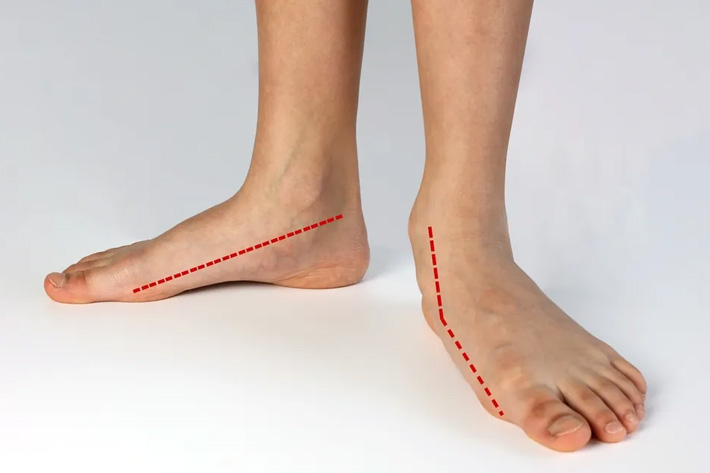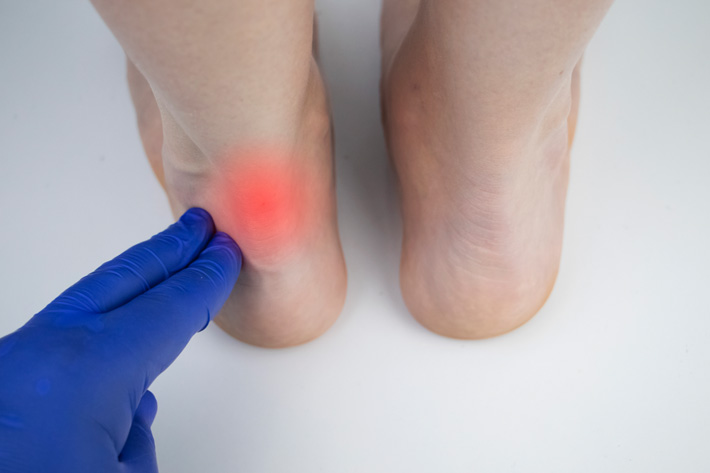Plantar Fasciitis
Plantar fasciitis is a common foot condition that involves inflammation and irritation of the plantar fascia, a thick band of tissue that runs across the bottom of the foot, connecting the heel bone to the toes. It is typically characterized by heel pain, especially when taking the first steps in the morning or after periods of rest.













